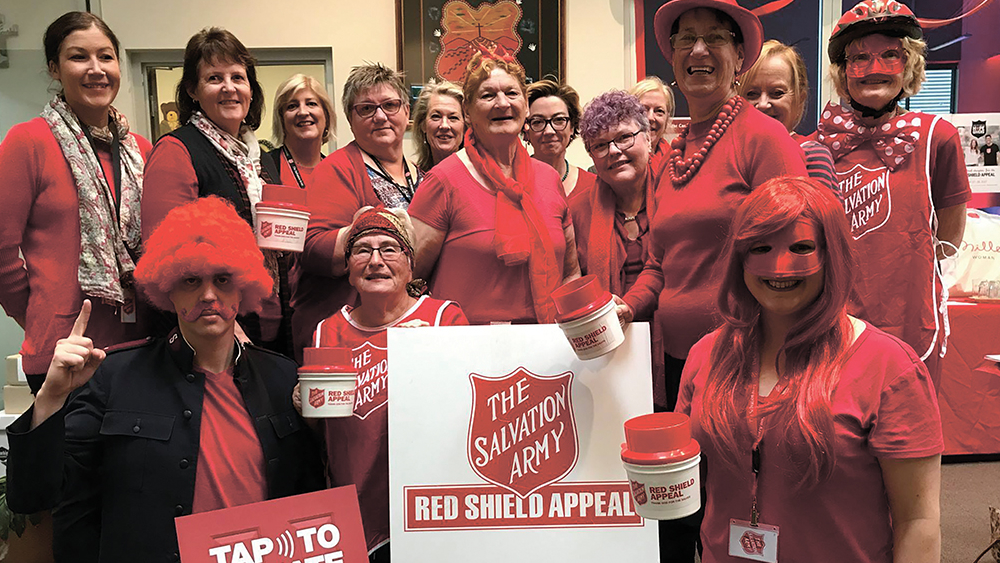Salvos wants answers about how to make Australia One
Church organisations are turning to research for better understanding of what we want
Learning what people value and want to be part of should be a significant help to the Salvation Army as it moves to become one national entity, called Australia One, amalgamating its Southern and Eastern Territories from 2019.
Major Graham Roberts is Territorial Mission Resources Secretary and Growing Healthy Corps Director for the Salvation Army Southern Territory. He believes that results from the 2016 National Church Life Survey will provide the Salvos with crucial understanding for how best to undertake amalgamation of its separate Territories.
“That’s a challenge for us,” says Major Roberts about what will be involved with moving to Australia One. “So some of the NCLS information will help us to get a better national picture.”
“That’s got to help us, moving forward.” – Major Graham Roberts
“We have the organisational information so we can check the statistics. This [NCLS] is actually the response of the people and it’s providing a response to questions that we would not normally ask in the course of our gathering of information, so it gives us a much richer and deeper understanding of the people who are committed to worshipping with and serving as part of the Salvation Army faith community. So that’s got to help us, moving forward.”
Major Roberts was one of the denominational leaders who recently gathered in five capital cities to be briefed by NCLS Research staff. The staff members walked them through the resources which local churches will receive in the coming months, from the survey, in their Church Life Packs.
The NCLS seminars drew together a diverse range of consultants, mission planners and denominational staff. The goal was to equip regional leaders on how best to resource and support their churches as they apply the findings of the NCLS in ministry and mission and strengthen collaboration among churches.
“We realise the value and the importance of the information that’s being gathered.” – Major Roberts
“It was helpful to have that sort of face-to-face dialogue,” Major Roberts said.
“There was a strong engagement from the Salvation Army at the last briefing I was at because we realise the value and the importance of the information that’s being gathered and its capacity to inform us as a denomination. Also, its capacity to help empower mission at the local level.”
Major Roberts said the Army was looking forward to being able to use the “full suite of information” from the NCLS reports at the national, territorial, regional and local level.
“We will have a better understanding of the mind and heart of our people at the local level as well as generally and that will help us connect with the wider community,” he says.
“… be more effectively able to share their faith and live it out in the community.” – Major Roberts
“It can help us think about and potentially develop resources to help each of our corps in their local action, in the things that will help them strengthen their faith and also be more effectively able to share their faith and live it out in the community.”
The National Lutheran Church is another denomination that hopes to use the NCLS analysis to assist its ministry and “mission to the people God loves,” said Rev. John O’Keefe, Director of Ministry and Mission, Lutheran Church of Australia Queensland District.
“In fact, our National Lutheran Church has such a commitment to this process that it arranged for every congregation across Australia to participate free of charge,” he said.
“When the NCLS Research team were arranging seminars this year in preparation for the dissemination of the 2016 NCLS results, we organised for most of our regional leaders to attend so that they could hear first-hand from [NCLS staff].”


